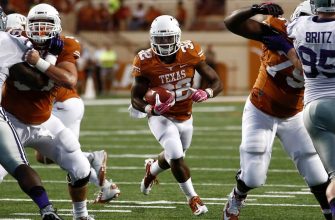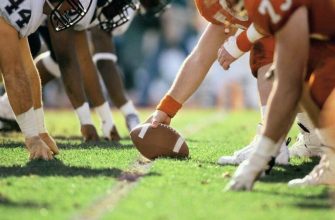A jamboree in football refers to a preseason scrimmage where multiple teams come together to participate in short, practice games. Jamborees provide teams the opportunity to compete against other teams before the regular season begins.
The main purpose of a jamboree is to give teams practice under actual game conditions against different opponents. Jamborees serve as tune-ups, allowing coaches to evaluate players against competition other than their own teammates. Teams get to test out strategies, plays, and personnel groupings in a low-stakes setting before the games start to count.
While the rules and structure vary, jamborees are shorter and more informal than regular games. The focus is on preparing for the season rather than winning an actual contest. Jamborees help build team chemistry and allow coaches to assess positional battles before determining depth charts. Overall, they provide valuable practice reps ahead of the regular season.
History
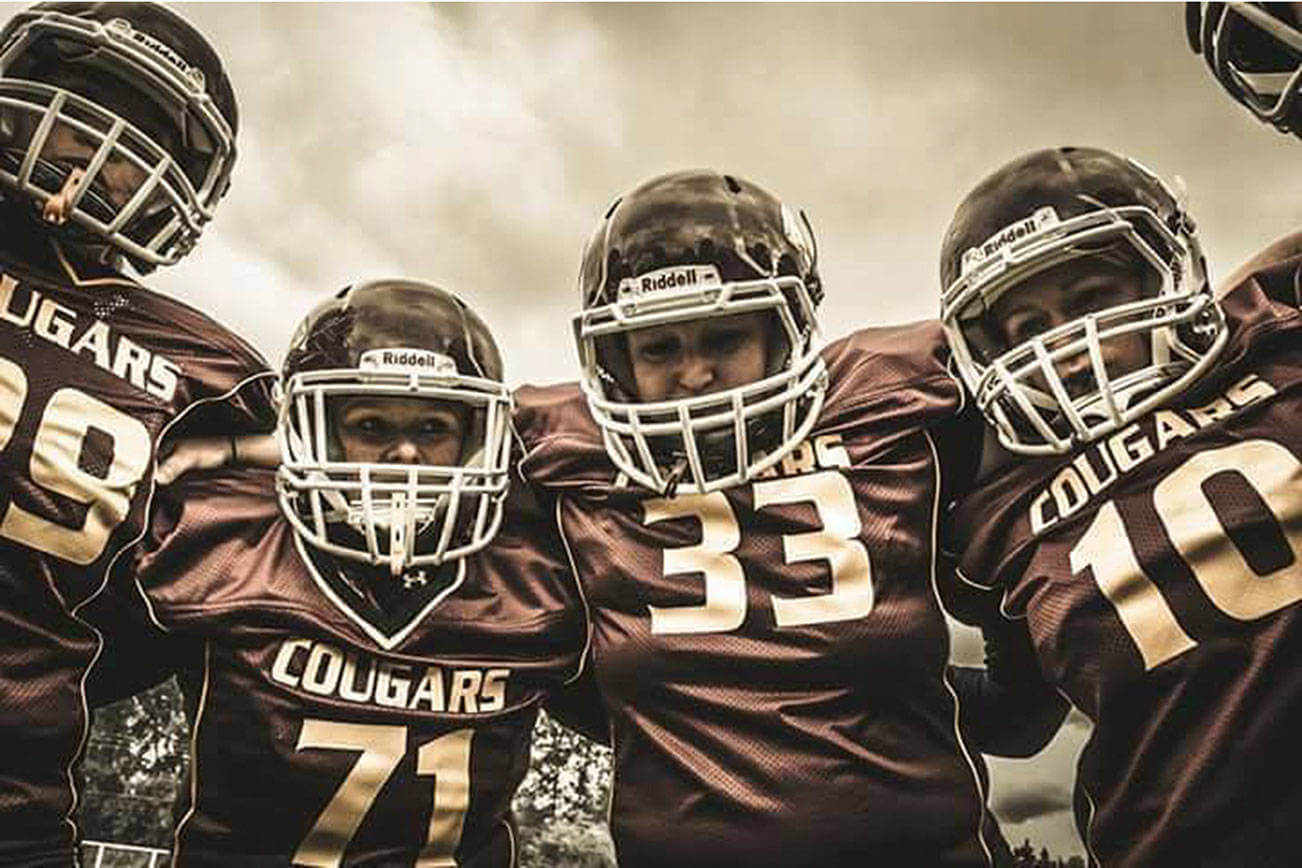
The origins of jamborees in football can be traced back to the 1920s in the United States. At that time, many small rural high schools did not have enough players to field a full 11-man team for competition. As a result, coaches began organizing special events called “jamborees” where multiple small schools would come together and each field a team for a series of short exhibition matches.
These jamborees allowed smaller schools to give their players a chance to participate in organized competition. They also served as community events, bringing together townspeople for a day of football festivities. While the games did not count in league standings, they provided valuable game experience for players from schools with very small athletics programs.
By the 1930s and 40s, jamborees had caught on nationally as popular preseason events to showcase teams and players. Some jamborees evolved into annual traditions that are still held today. The growth of youth football leagues and international competition in the second half of the 20th century further increased the popularity of jamborees as a way to bring diverse teams together in the spirit of friendly competition.
So in summary, jamborees originated as pragmatic solutions for small rural high schools in the early 20th century United States to give their players game experience. Over time they became beloved traditions and even spread internationally as exhibitions bringing together diverse participants.
Purpose
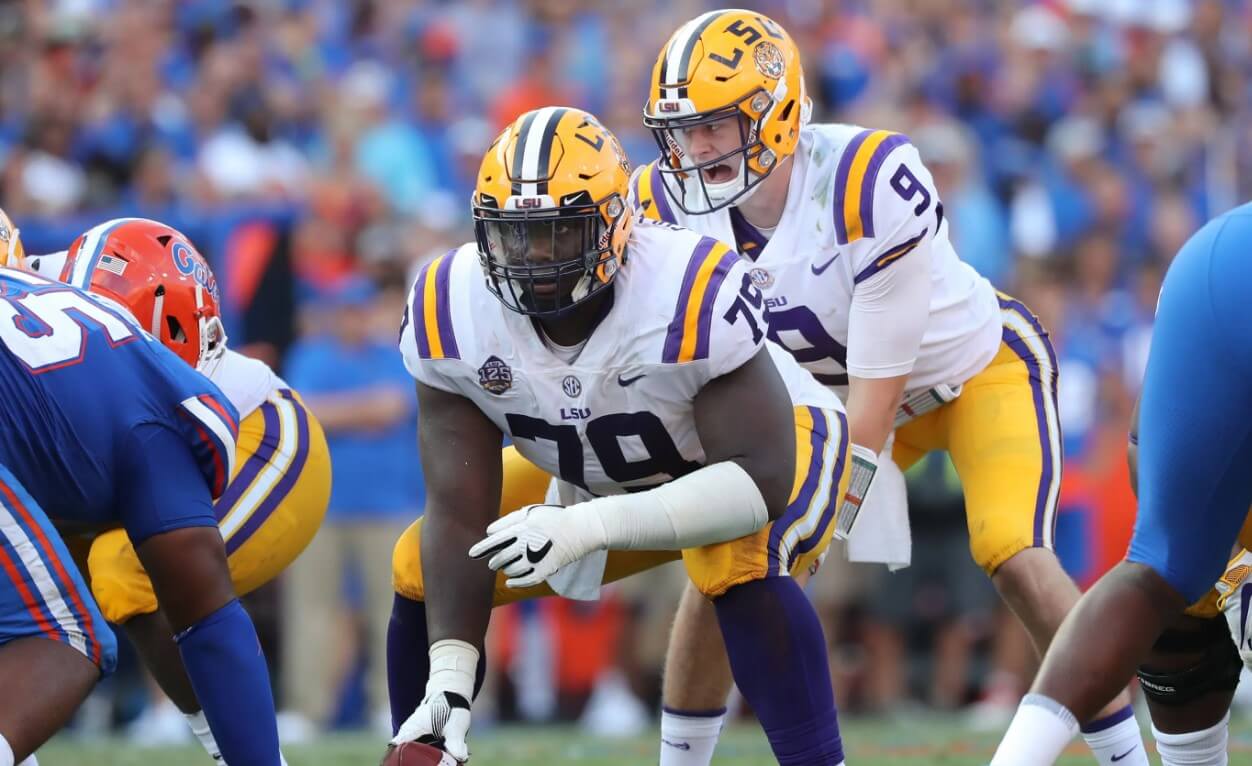
The main purpose of a jamboree in football is to allow teams to scrimmage against other teams before the regular season starts. This gives coaches and players a chance to test out plays and strategies in a game-like environment, without the pressure or consequences of an official league game.
Jamborees provide an opportunity for teams to build rapport and cohesion amongst players and coaches. New plays and formations can be experimented with to see how effective they are when put into action against a live opponent. Coaches can evaluate different lineup combinations and positional rotations. For new players, it’s a way to get acclimated to gameplay before the real season kicks off.
Overall, jamborees serve as a dressed rehearsal for the upcoming football season. It allows teams to work out any issues in a low-stakes setting, so they are more prepared once league play begins. The experience and practice gained against other teams helps build confidence and gets everyone ready for the competitive games ahead.
Participants
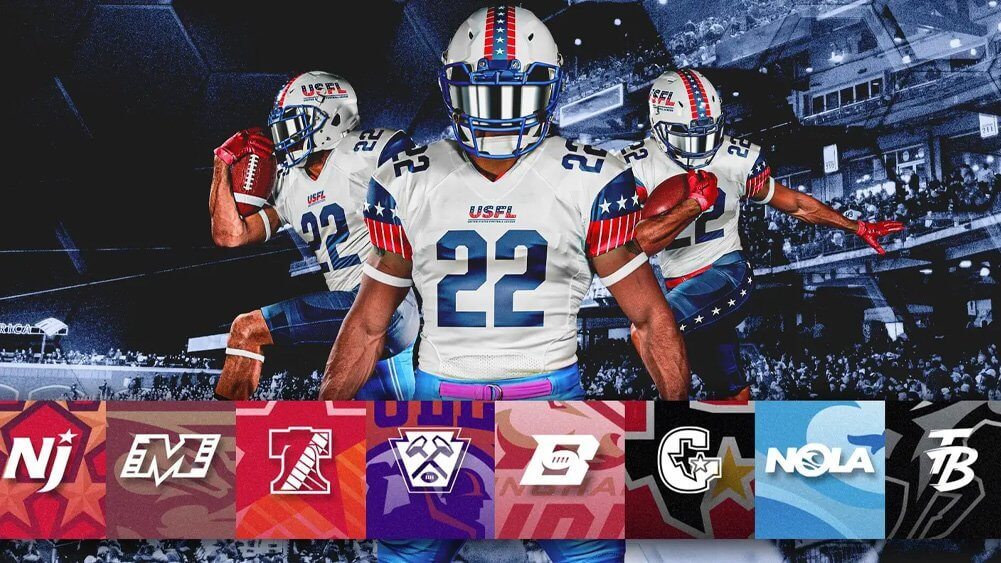
Usually football jamborees involve multiple teams, often from the same region or league. This allows teams who don’t normally compete against each other to gain experience playing different opponents in a low-stakes preseason match.
Jamborees are generally organized by athletic associations or leagues and open to all member teams. Depending on the size of the league, a jamboree may include 4-6 teams or even 10 or more. Teams are usually grouped based on geography, division, or skill level to optimize competition.
The preseason timing of most jamborees allows coaches to evaluate new prospects and give playing time to younger, less experienced players. Participating in a jamboree gives more players a chance to suit up for real game action before the regular season begins. This experience helps build team chemistry and confidence.
While specific team invitations vary for each jamboree, the multi-team format creates a mini tournament atmosphere. Facing off against unfamiliar opponents helps prepare teams for the coming season. Jamborees give players and coaches a glimpse of strengths and weaknesses to focus on in remaining practices.
Structure
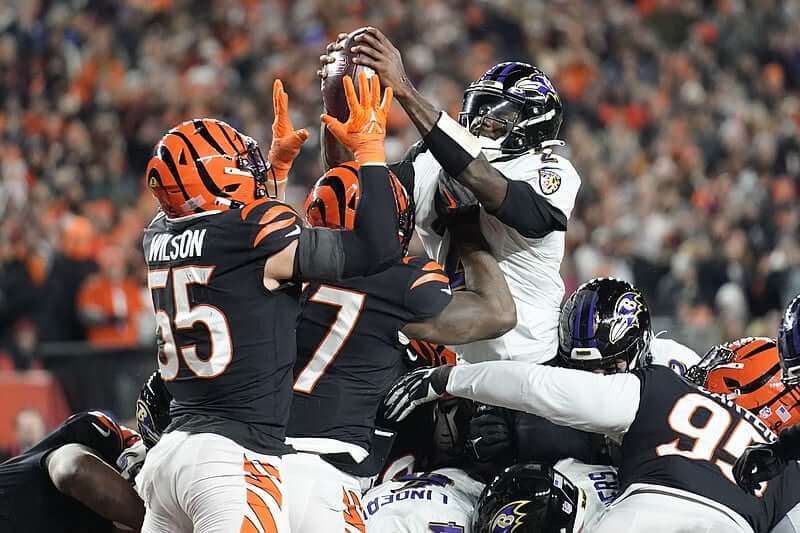
Football jamborees are structured differently than regular season games. They are usually shorter in length, allowing teams to rotate many players in and out and test different lineups.
Whereas regular games consist of four quarters of 12-15 minutes each, jamborees usually only have two halves of 20-30 minutes. Some may even structure it into four quarters of just 10 minutes each.
The shorter game time allows coaches to play more athletes who may not get much time during the regular season. It gives them a chance to evaluate all players in a live game situation. Coaches can experiment with different combinations on the field since it’s not as crucial to win jamborees as regular games.
The shortened structure also reduces injury risk and fatigue for players. When playing just half a game, they are less susceptible to serious injuries that could impact the regular season. And with more frequent substitutions, players get adequate rest between shifts on the field.
So the unique structure of jamborees, with shorter halves or quarters, provides flexibility for players and coaches before the regular season kicks off. More athletes can participate, lineups can change frequently, and teams can get live game reps without the pressure of early must-win situations.
Rules
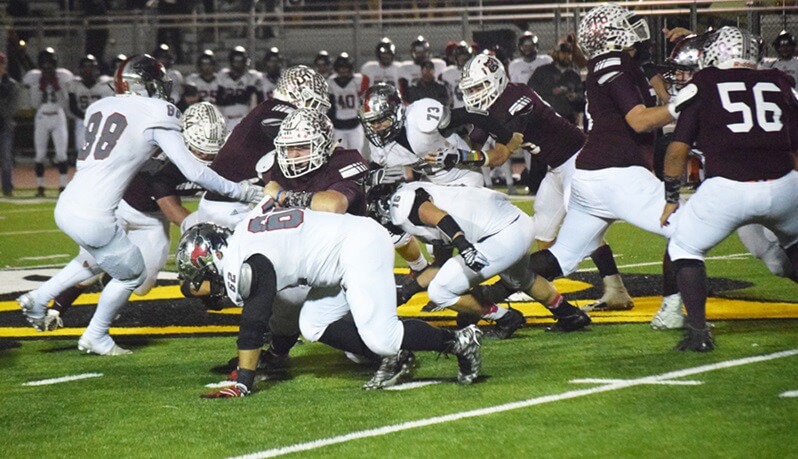
Jamborees in football typically follow modified rules compared to regular season games. Since they are considered preseason exhibition matches, many of the standard rules are relaxed:
- Scoring: Points are usually not officially kept or recorded. The focus is on playing time and evaluation rather than winning. Coaches may agree to guidelines for scoring, but it’s not mandatory.
- Statistics: Individual and team stats like passing yards, rushing yards, tackles etc. are often not formally recorded. Stat keeping is not a priority.
- Time: Quarters are sometimes shortened to 10 minutes or less rather than the standard 12 minutes to allow more players to participate. Some jamborees may have shortened halves.
- Playoffs: No championships or playoffs result from jamborees. The games do not count in league standings. Jamborees serve as warmups for the season, not part of the official competition.
- Officials: Often have some flexibility regarding strict enforcement of rules since the games are meant as teaching tools. Penalties focus on safety.
So in summary, jamborees allow for loosely structured play and minimal record-keeping to accomplish the goals of evaluation and preparation rather than fair competition. Coaches have leeway to agree on guidelines that serve their needs.
Benefits
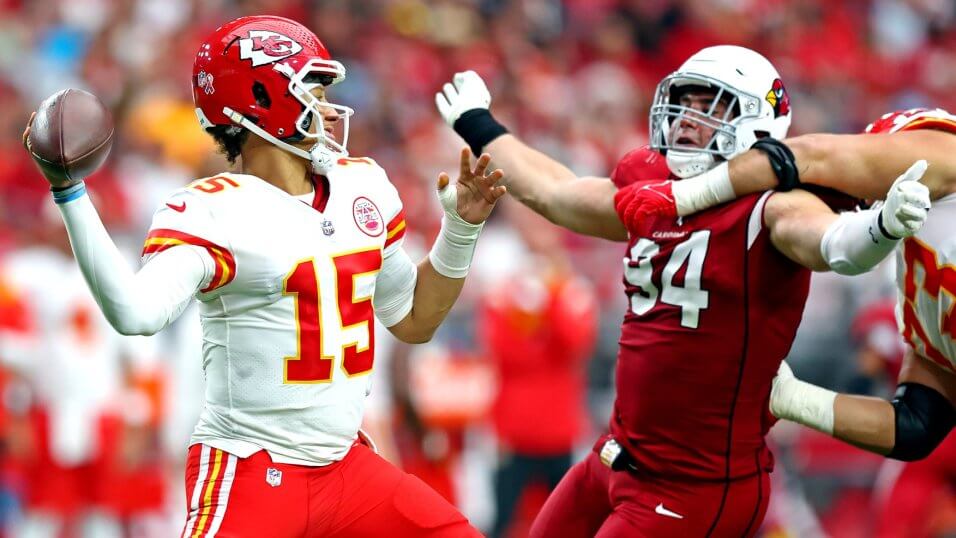
Participating in a jamboree provides several key benefits for football players and teams. Most notably, it gives new or younger players a chance to gain meaningful game experience. Football jamborees are often used to give backup players, freshmen, or junior varsity players an opportunity to compete against other teams. This experience helps develop their skills and confidence.
Additionally, jamborees allow coaches to experiment with new strategies or lineup combinations in a low-stakes setting. Coaches can try out different plays, positions, or rotations to see what works well before the regular season begins. This allows for valuable learning that can be applied when games start to count.
Finally, jamborees build excitement and interest leading up to the season. It whets fans’ appetite for football and gives them a glimpse of what’s to come. The community can rally around these early competitions and use them to kick off the upcoming season. This builds camaraderie and anticipation.
So in summary, football jamborees give newer players needed experience, provide coaches a chance to experiment, and build energy and excitement for the upcoming season. These beneficial effects make jamborees a valuable tradition in many football programs.
Drawbacks

One of the biggest drawbacks of football jamborees is the increased injury risk they present. Because jamborees cram multiple full-contact football games into a short timeframe, often on the same day or weekend, players are exposed to more hits and physical exertion than normal. This heightened injury risk comes at a time when players’ bodies are still adapting to the physical demands of full practices and games after the offseason. As a result, muscle strains, fatigue-related injuries, and other medical issues can crop up more frequently during jamborees.
Additionally, the final scores and records from jamboree games are meaningless. Jamborees are purely for practice and evaluation purposes, so coaches frequently shuffle lineups, try new plays or formations, and substitute players more liberally than normal. This renders the final outcomes and stats from jamboree contests essentially irrelevant when teams are not playing their normal starters for full games.
Lastly, the intensity and competitiveness of jamboree games is less than regular season contests because the results don’t count. Coaches use jamborees to assess players in live game situations, not win at all costs. The preseason nature of jamborees also means the players themselves are less emotionally invested in the outcomes. So while jamborees provide useful preparation, they lack the playoff implications and urgency of regular season and postseason play.
Famous Jamborees
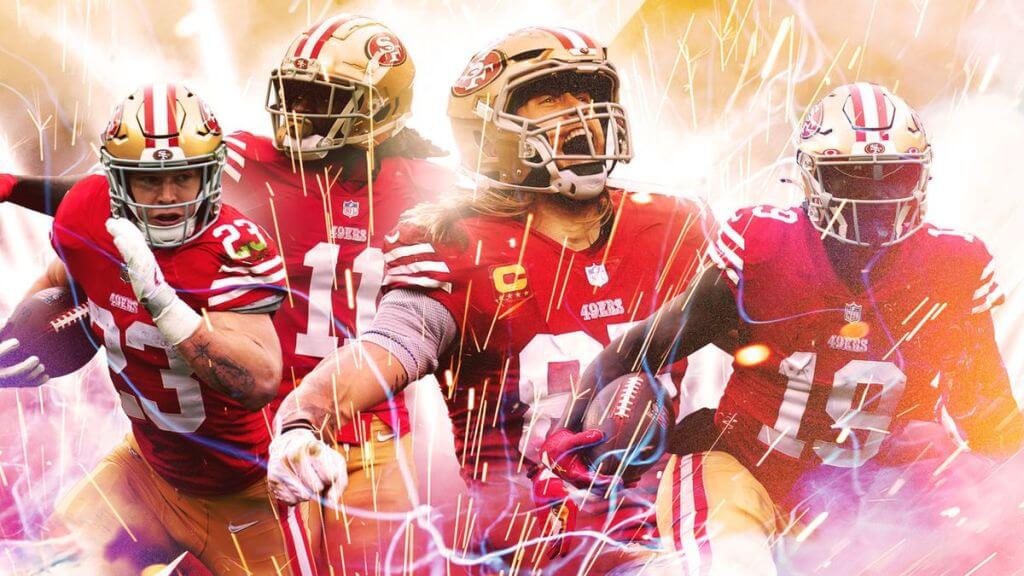
Some of the most famous and historic jamborees in football include:
- The 1924 Olympics Jamboree – This was the first international jamboree in football, held during the 1924 Summer Olympics in Paris. It featured club teams from Uruguay, Czechoslovakia, France, and Switzerland. Uruguay won the tournament, which helped showcase the popularity of football around the world.
- The Exhibition Game Jamborees of the 1930s – In the 1930s, as the NFL was still establishing itself, the league held annual jamborees which pitted an NFL all-star team against the college football national champions. These games helped promote the young NFL and connect it to the more popular college game.
- The Chicago College All-Star Game – Started in 1934, this annual jamboree matched the NFL champions against a team of the best college all-stars. It ran for over 40 years until 1976, helping showcase rising college stars, including legends like Red Grange.
- The NFL Pro Bowl – First held in 1951, the Pro Bowl has become the NFL’s signature all-star game, allowing fans to vote on the top players from each conference to face off in a friendly match. It remains a popular showpiece event for the NFL each year.
- International Champions Cup – Launched in 2013, this global preseason tournament has become a high-profile jamboree each summer. Top European clubs like Real Madrid, Manchester United, and Bayern Munich compete in exhibitions across North America, Europe, and Asia.
Conclusion
In summary, a jamboree in football is a friendly tournament that brings together multiple teams, often youth teams, for a series of exhibition games and competitions. The purpose of a jamboree is to provide teams and players with fun competition experience outside of regular league play.
Jamborees originated in the 1930s as local community events, but grew in popularity over the years as a way to kick off the football season. Teams enjoy jamborees as a way to play opponents they don’t normally face, try new plays or strategies, and build camaraderie before the high stakes of regular season games begin. The atmosphere is more relaxed than typical competitions.
While the specific format and rules vary by event, jamborees usually feature short, abbreviated games between multiple teams in a round-robin structure. Participants get to play several opponents in one day. The casual environment allows coaches to freely substitute players and experiment with lineups. Ultimately, jamborees serve as an exciting preseason tradition that brings communities together through friendly football competition.





